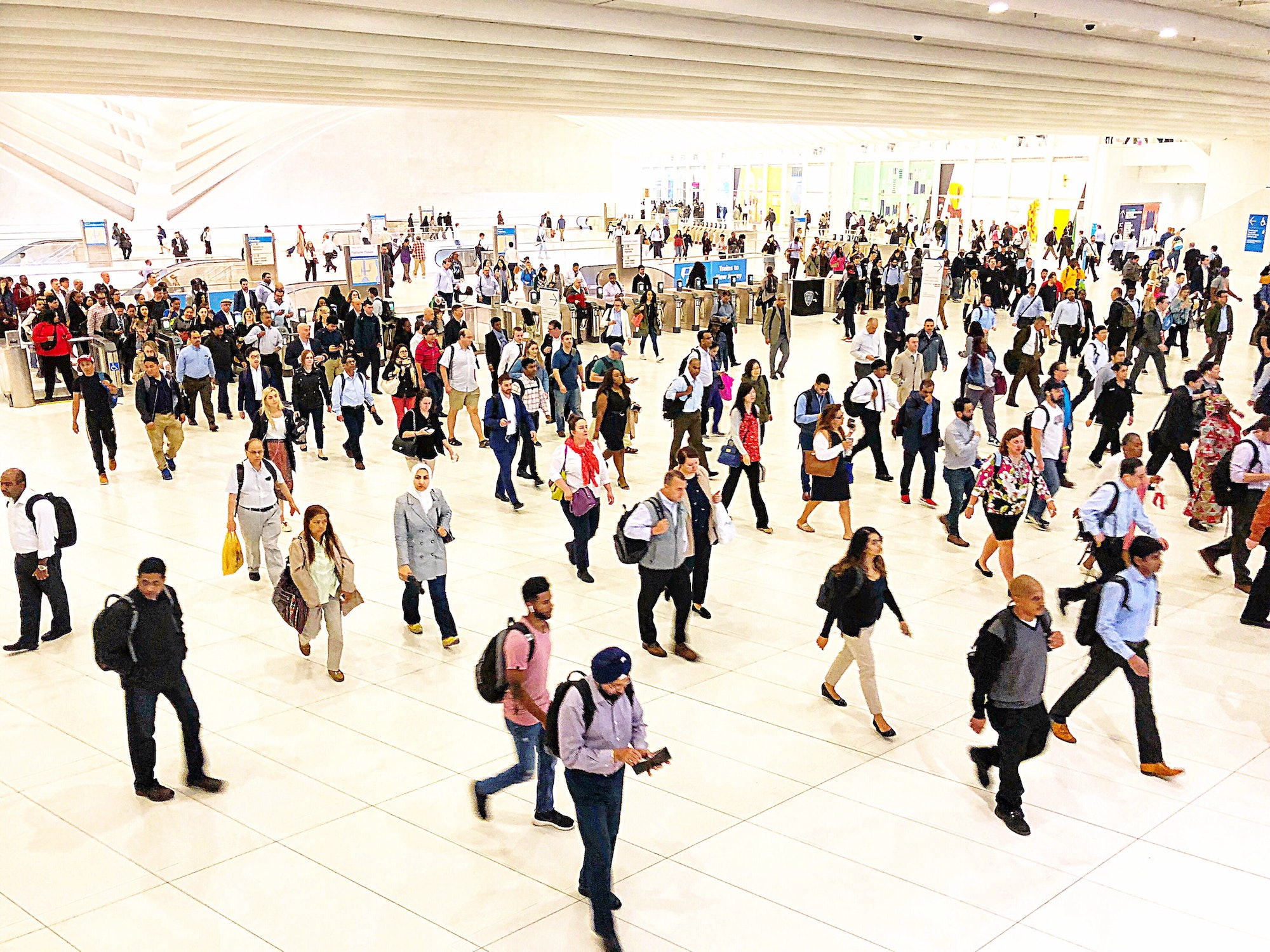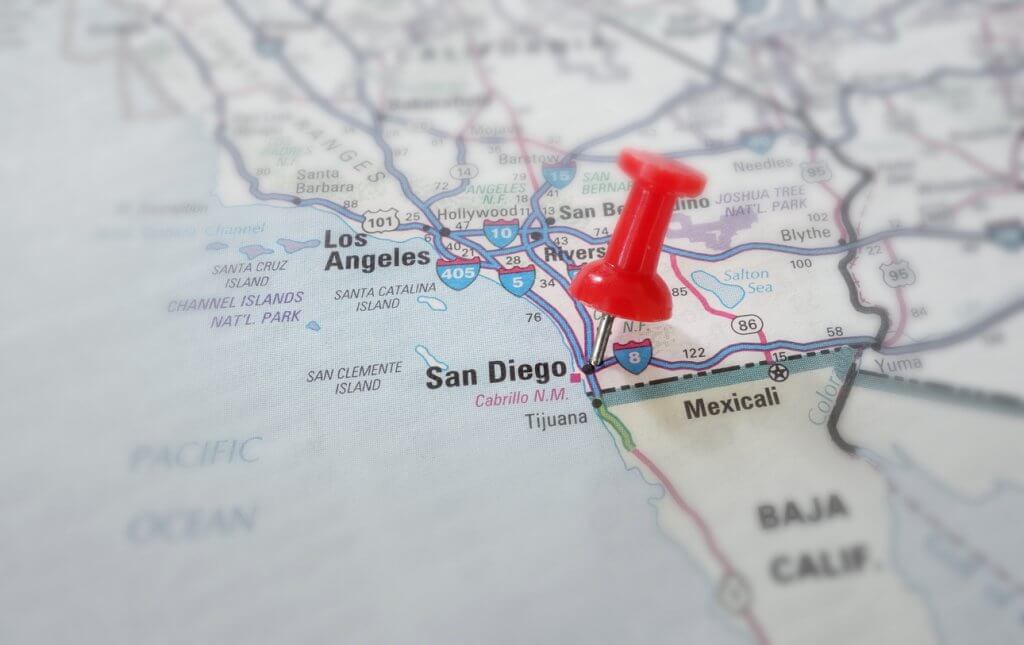Traveling by Train
When traveling by train, you can take advantage of amenities that many other modes of transportation cannot offer. For instance, Amtrak offers reclining seats, legroom, and 120v power sockets. There is even a café on board. Seats in the dining car are generally available for all passengers. The only drawback is that you cannot guarantee a specific seat; you have to sit where you’re assigned.
Trains have different track systems and can be classified by type, weight, speed, and distance traveled. Most conventional trains run on two rails, though other types of systems are also in use. Derailments are relatively rare, and most are minor. But even so, they can occur. In addition, trains use different propulsion systems.
A train uses two kinds of electrical systems: a high voltage system for traction and a low voltage system for auxiliary systems. The high voltage system is only used for traction, while the low voltage system powers other train systems. As a result, high voltage systems aren’t necessary for most train systems.
Modern trains use electronic signals to monitor traffic and keep operators informed of any conditions. Like traffic lights, these signals control the flow of train traffic. Locomotives also have computers and radios to monitor traffic conditions. They are connected to signaling centers, similar to those in air traffic control centers. The latter use advanced technology to monitor traffic, monitor train movements, and control train routes.
Compressed air is used to power some train items, but the modern trend is to move away from compressed air. There are some simple items that use compressed air, such as the horn and windscreen wiper, and more complex ones, like traction control or door operation. Most have an isolating cock and a storage reservoir for storing compressed air.
Trains provide many benefits, including comfort and a comfortable travel environment. A California Zephyr train, for example, departs Chicago and passes through the Mississippi and Rockies beyond Denver. It then travels through the Sierra Nevada and eventually reaches the San Francisco Bay Area. The route traces much of the first historic trans-continental railroad route.
Using trains as a form of transportation is an increasingly popular option. The benefits are numerous and can include fuel efficiency, reduced greenhouse gases, and less stress on roads and bridges. In fact, a single train could take the place of more than 300 trucks on the road. This will reduce congestion and the burden on motorists and taxpayers.
The trains that run on railway tracks use a prime mover called a locomotive. Other vehicles, such as freight cars and passenger vehicles, are called cars or wagons. Trains can also be self-propelled, such as steam trains. Unlike most vehicles, trains are more efficient because of the low friction of their wheels.




